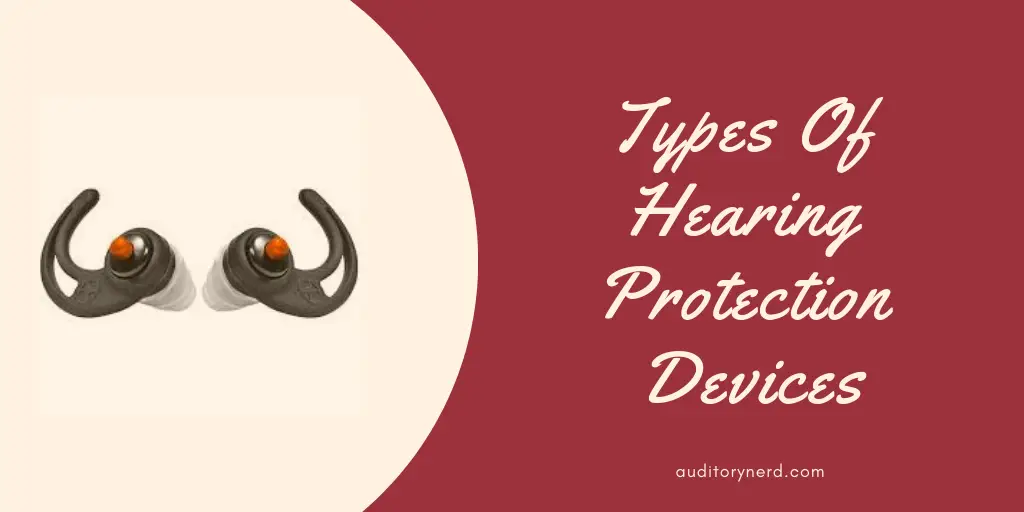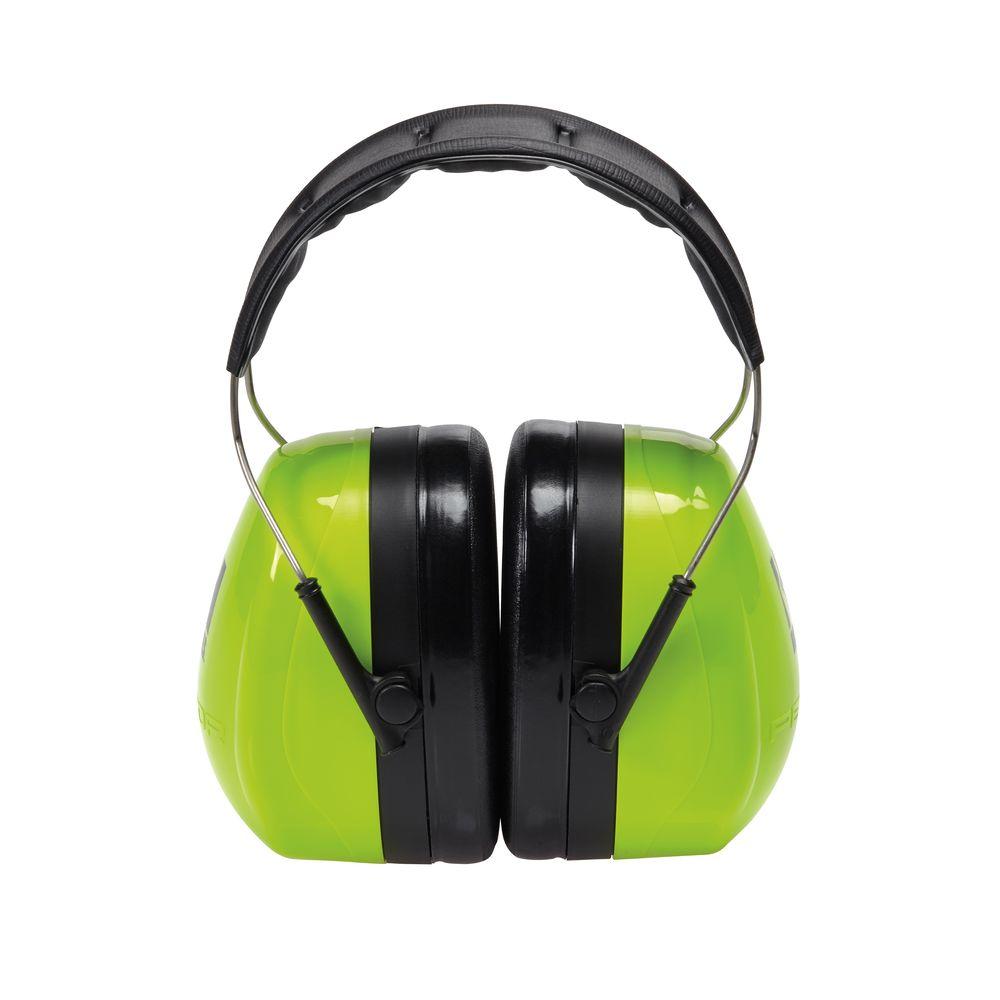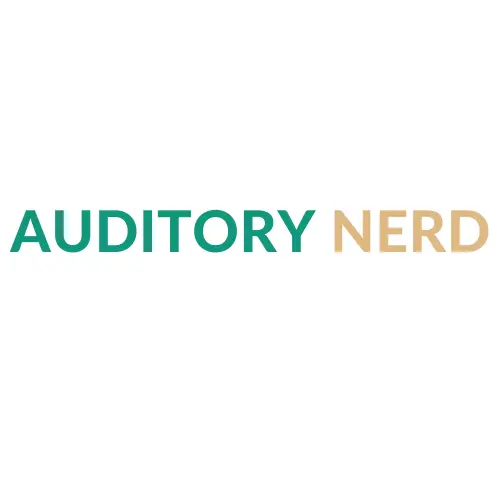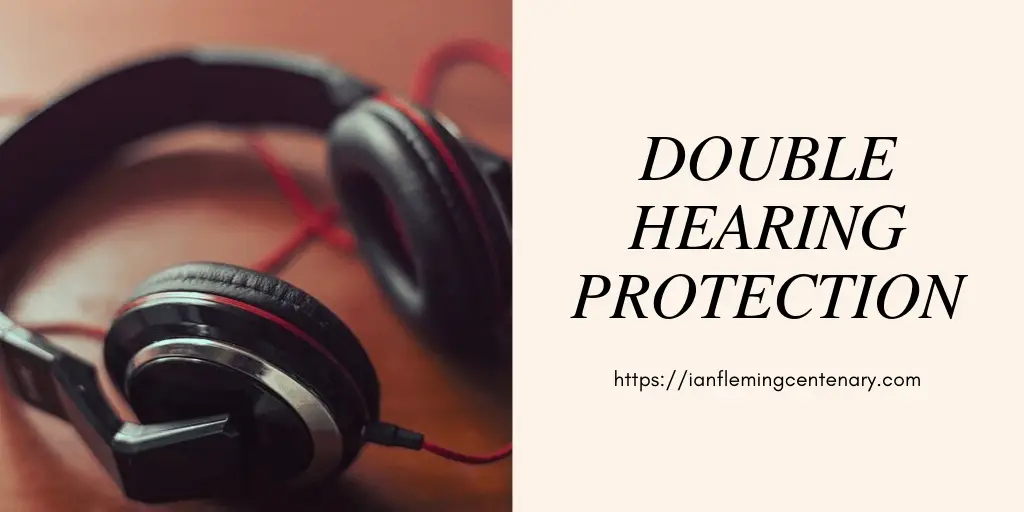Popular Types Of Hearing Protection Devices: Their Pros And Cons
For you to protect your hearing, you need to wear hearing protection devices.
The cool thing is that there are plenty of them in the market that you can go for. Read about the most common ones, with their pros and cons:
Earplugs
 They are one of the most common types of hearing protection devices used by a wide range of people. They are small and fit and block the ear canal. They are made from different materials such as silicone, plastic, polyurethane, and PVC.
They are one of the most common types of hearing protection devices used by a wide range of people. They are small and fit and block the ear canal. They are made from different materials such as silicone, plastic, polyurethane, and PVC.

There are many types of these earplugs ranging from hearing protection for woodworking to earplugs for sleeping.
There are primarily two types of earplugs: disposable and reusable earplugs.
From their name, disposable earplugs are those that you wear once then dispose of them. They are often made from foam. Since they are disposable, they are cheap hence you can easily replace them.
For you to get the most from them, you should learn how to wear them properly so that you can block as much noise as possible.
You should avoid reusing the pieces as they won’t provide you with the same noise protection as when they are new. Used pieces also tend to put you at the risk of getting ear infections.
From their name, reusable earplugs are pieces that are designed to be used more than once.
They are pre-formed for the ear canal and you can wash them. Just like the disposable pieces, you should wear them properly for you to get the most from them.
When you are reusing the pieces, remember to wash them so that you don’t get ear infections.
While you can reuse the pieces, they tend to be a little expensive; therefore, you should be ready to part with a substantial amount of money than the one you would have spent with disposable pieces.
How do you wear earplugs?
 It’s easy to wear earplugs. After cleaning your hands, hold the earplug between your fingers and roll the entire plug into a long crease-free cylinder.
It’s easy to wear earplugs. After cleaning your hands, hold the earplug between your fingers and roll the entire plug into a long crease-free cylinder.
Using your free hand, reach around and pull your ear up and back in order to open the ear canal.
You should then insert the plug until you can feel the ear-sealing. If using a foam earplug, you will have to wait for at least 20 seconds for the earplug to expand and fill the ear canal.
After you are out of the noisy area, you should slowly remove the earplug to break the seal.
Remember that if you remove the earplug too quickly, you can create a suction that can easily damage the eardrum.
If you were using disposable earplugs, you should simply dispose of them in the dustbin. On the other hand, if you were using reusable pieces, you will have to clean them first before you store them for later use.
What are the advantages of earplugs?
The ear protection devices come with their fair share of positives that include:
- Small and easy to carry around
- Easy to use and store
- You can wear them with glasses, hard hats, and other protection devices
- Cheap
- When they are the right size, you can comfortably wear them for long periods of time
- Provide better protection when you are working in lower frequencies
- You can easily custom-mold them for specific needs
What are the disadvantages of having earplugs?
- You need to wear them properly for you to get their full benefits
- They can be a challenge to put them on and remove especially if you have small ears
- You need to observe high personal hygiene to avoid infecting your ears
- They are small thus can easily get misplaced or lost
- While they cheap to buy, the costs can easily add up when you have to replace them every day
Earmuffs

Earmuffs go completely over your ears which can be more comfortable than having earplugs in the ear canal. For you to get the most from the pieces you need to wear them properly.
You should adjust the earmuffs so that the headband fits comfortably over the crown of your head.
You should ensure that the cushions of the earmuffs form a tight seal over your ears. Before you wear the pieces, always inspect them for any signs of wear and tear.
If the pieces have worn out, consider repairing or replacing them.
For you to ward off ear infections, you should clean the units regularly. During the cleaning process, avoid using harsh chemicals that can destroy them.
What are the advantages of earmuffs
- They are more comfortable as they are outside the ear canal
- You need less time and effort to apply them
- Since they are large you can’t easily lose or misplace them
- They are longer lasting than earplugs
What are the disadvantages of earmuffs?
- They are inconvenient to use when you are wearing safety glasses, hard hat and other personal protective devices
- Since they are a little bit expensive, they are hard to replace when they get lost or misplaced
- They can be uncomfortable to wear especially in wet and hot environments
- They are heavier and less portable than earplugs
- You need more space to store them
Canal caps
 Canal caps feature rounded heads that cover the entire entrance of the ear canal. Many people have reported that the pieces resemble a combination of earmuffs and earplugs.
Canal caps feature rounded heads that cover the entire entrance of the ear canal. Many people have reported that the pieces resemble a combination of earmuffs and earplugs.
They often don’t provide high levels of noise protection; therefore, you should avoid using them in areas with a lot of noise.
For you to maintain an effective seal with the pieces, apply firm pressure from the headband.
Advantages of canal caps
- Easy to insert
- Ideal when you have to keep on wearing and removing hearing protection
- You can use them a number of times
- Provide a wide range of noise reduction levels
Disadvantages of canal caps
- They are often more expensive than earplugs
- For you to get optimal noise reduction, you need to ensure that they are properly in place
- You should buy pieces of the right size for them to fit you properly
- Have lower noise reduction ratings than earmuffs and earplugs
Parting shot
These are some of the most common types of hearing protection devices that you can go for. For you to get the most from them, ensure that they are of high quality. You also should use them according to the laid down regulations.
For example, if the pieces are designed for one-time use, you should use them once and discard them. This not only ensures that you get optimal noise protection, it also protects you from getting ear infections.
When it comes to earmuffs, canal caps, and reusable earplugs, ensure that you clean them properly before you store or reuse them.
As a rule of thumb, don’t share your hearing protection devices. You wouldn’t want someone to infect you with ear infections, would you?



